Home>Renovation & DIY>Home Renovation Guides>How To Get A Mortgage For Home Improvements?


Home Renovation Guides
How To Get A Mortgage For Home Improvements?
Modified: October 27, 2024
Learn how to secure a mortgage for home renovations with our comprehensive home renovation guides. Get expert tips and advice to fund your dream home improvements.
(Many of the links in this article redirect to a specific reviewed product. Your purchase of these products through affiliate links helps to generate commission for Storables.com, at no extra cost. Learn more)
Introduction
Embarking on a home improvement project can be an exciting endeavor, offering the opportunity to transform your living space into the home of your dreams. Whether you're looking to renovate your kitchen, add a new bathroom, or create a cozy outdoor living area, the prospect of enhancing your home's functionality and aesthetic appeal is undoubtedly enticing. However, the financial aspect of such projects can often pose a significant hurdle. This is where home improvement mortgages come into play, offering a viable solution for funding your renovation plans.
In this comprehensive guide, we will delve into the intricacies of securing a mortgage for home improvements. From understanding the various types of home improvement mortgages to navigating the qualification process and selecting the right lender, we will equip you with the knowledge and insights needed to make informed decisions and streamline the mortgage application process. Whether you're a first-time homeowner or a seasoned property owner, this guide aims to demystify the complexities of home improvement financing, empowering you to turn your renovation aspirations into reality.
Join us as we unravel the nuances of home improvement mortgages, providing you with the guidance and expertise necessary to embark on your renovation journey with confidence. Let's explore the possibilities and set the stage for a transformative home improvement experience.
Key Takeaways:
- Home improvement mortgages offer flexible financing options for renovation projects, with benefits such as competitive interest rates and tailored loan terms, making it easier for homeowners to enhance their living spaces without relying solely on personal savings or high-interest credit options.
- When seeking a home improvement mortgage, it’s crucial to understand the qualification process, gather necessary documentation, and select the right lender. By aligning your renovation goals with the available mortgage options and choosing a reputable lender, you can embark on your renovation journey with confidence and clarity.
Understanding Home Improvement Mortgages
Home improvement mortgages, also known as renovation or remodeling loans, are financial products designed to provide homeowners with the funds necessary to undertake renovation projects. These mortgages offer a convenient means of financing home improvements, allowing individuals to enhance their living spaces without having to rely solely on personal savings or high-interest credit options.
One of the key features of home improvement mortgages is their flexibility in accommodating a wide range of renovation endeavors. Whether you’re planning a minor cosmetic upgrade or a major structural overhaul, these mortgages can be tailored to suit your specific project requirements. This adaptability makes them an attractive option for homeowners seeking to revitalize their properties.
Furthermore, home improvement mortgages typically offer competitive interest rates, making them a cost-effective means of funding renovations compared to other borrowing options. By leveraging the equity in your home, you may be able to secure favorable terms and access the capital needed to embark on your home improvement journey.
It’s important to note that home improvement mortgages are distinct from traditional mortgages used for purchasing a home. While a standard mortgage is intended to facilitate the acquisition of a property, a home improvement mortgage is specifically geared towards financing renovation and remodeling projects. Understanding this distinction is crucial when exploring your financing options and determining the most suitable approach for your home improvement aspirations.
As we continue our exploration of home improvement mortgages, we will delve into the various types of these financial products, shedding light on their unique characteristics and the eligibility criteria associated with each. By gaining a deeper understanding of the diverse options available, you’ll be better equipped to make informed decisions and navigate the mortgage landscape with confidence.
Types of Home Improvement Mortgages
When it comes to financing home improvements, there are several types of mortgages specifically tailored to accommodate varying renovation needs. Understanding the distinctions between these mortgage options is essential for identifying the most suitable solution for your project. Let’s explore some common types of home improvement mortgages:
- Home Equity Loan: This type of loan allows homeowners to borrow a lump sum of money using their home’s equity as collateral. Home equity loans often feature fixed interest rates and predictable monthly payments, making them a popular choice for financing large-scale renovation projects.
- Home Equity Line of Credit (HELOC): A HELOC provides homeowners with a revolving line of credit based on the equity in their home. This flexible borrowing option allows you to withdraw funds as needed, making it ideal for ongoing or phased renovation projects. With a HELOC, you only pay interest on the amount you use, offering greater financial control and flexibility.
- Cash-Out Refinance: With a cash-out refinance, homeowners can refinance their existing mortgage, taking out a new loan for an amount that exceeds what is owed on the current mortgage. The excess funds can be used to finance home improvements, effectively consolidating the renovation costs into a single mortgage with potentially favorable interest rates.
- FHA 203(k) Loan: This government-backed loan program is designed to facilitate the purchase or refinance of a home, including the cost of renovations. FHA 203(k) loans are particularly beneficial for individuals looking to rehabilitate older properties or undertake extensive remodeling, as they streamline the financing process for both the home purchase and renovation expenses.
- Personal Loans: While not secured by the home itself, personal loans can be used to fund home improvement projects. These unsecured loans are based on the borrower’s creditworthiness and may be a viable option for smaller-scale renovations or individuals who do not have significant home equity.
Each type of home improvement mortgage offers distinct advantages and considerations, and determining the most suitable option depends on factors such as the scope of your renovation, your financial circumstances, and your long-term homeownership goals. By familiarizing yourself with these mortgage varieties, you can make informed decisions and select the financing solution that aligns with your specific renovation objectives.
Qualifying for a Home Improvement Mortgage
Securing a home improvement mortgage involves meeting certain eligibility criteria, and understanding the qualification process is essential for navigating the path to obtaining financing for your renovation project. While the specific requirements may vary depending on the type of mortgage and the lender’s policies, there are common factors that play a pivotal role in determining your eligibility:
- Equity and Home Value: Lenders typically consider the amount of equity you have in your home and its current market value when assessing your eligibility for a home improvement mortgage. The equity in your home serves as collateral and may influence the loan amount and terms you qualify for.
- Credit Score and History: Your credit score is a key determinant of your creditworthiness and ability to repay the mortgage. Lenders often look at your credit history, including your payment behavior and existing debts, to evaluate the level of risk associated with extending a loan to you. Maintaining a healthy credit profile can enhance your chances of qualifying for favorable mortgage terms.
- Debt-to-Income Ratio: Lenders assess your debt-to-income ratio to gauge your capacity to manage additional debt. This ratio compares your monthly debt payments to your gross monthly income and helps lenders evaluate your financial stability and ability to take on a home improvement mortgage without overextending yourself financially.
- Documentation and Financial Stability: Providing thorough documentation of your income, assets, and employment history is crucial for demonstrating your financial stability and ability to repay the mortgage. Lenders may request tax returns, pay stubs, bank statements, and other financial records to assess your suitability for a home improvement loan.
It’s important to note that different types of home improvement mortgages may have specific qualification requirements, and certain programs, such as government-backed loans, may offer more lenient terms for applicants who meet certain criteria, such as first-time homebuyers or individuals purchasing properties in need of renovation.
By understanding the factors that influence your eligibility for a home improvement mortgage, you can take proactive steps to strengthen your financial standing and position yourself for a successful mortgage application. Whether it involves improving your credit score, building home equity, or organizing your financial documents, preparing diligently can enhance your prospects of qualifying for the financing you need to bring your renovation vision to life.
When applying for a mortgage for home improvements, make sure to have a clear plan and budget for the renovations. Lenders will want to see how the money will be used and how it will increase the value of the home.
Applying for a Home Improvement Mortgage
Once you’ve assessed your eligibility and determined the type of home improvement mortgage that aligns with your renovation goals, the next step is to embark on the application process. Applying for a home improvement mortgage entails a series of steps aimed at evaluating your financial qualifications and establishing the terms of the loan. Here’s a comprehensive overview of the application process:
- Research and Comparison: Begin by researching different lenders and mortgage products to identify the options that best suit your needs. Compare interest rates, fees, and terms offered by various financial institutions to gain a comprehensive understanding of the available choices.
- Prequalification: Many lenders offer prequalification, which involves providing basic financial information to assess your potential eligibility for a home improvement mortgage. Prequalification can provide valuable insights into the loan amount you may qualify for and help you gauge your budget for the renovation project.
- Documentation Preparation: Gather the necessary documentation, including proof of income, tax returns, bank statements, and employment history, to support your mortgage application. Organizing these documents in advance can streamline the application process and demonstrate your financial stability to the lender.
- Application Submission: Submit a formal application for the home improvement mortgage with the lender of your choice. Be prepared to provide detailed information about the renovation project, including cost estimates and timelines, to help the lender assess the feasibility of the endeavor.
- Underwriting and Approval: The lender will review your application, documentation, and credit profile during the underwriting process to evaluate the risk associated with extending the mortgage. If your application meets the lender’s criteria and is approved, you will receive a formal offer outlining the terms and conditions of the mortgage.
- Closing and Disbursement: Upon accepting the mortgage offer, you will proceed to the closing phase, where the final paperwork is completed, and the mortgage funds are disbursed. The disbursement process may involve the lender directly paying contractors and suppliers involved in the renovation project, ensuring that the funds are used for their intended purpose.
Throughout the application process, maintaining open communication with the lender and promptly addressing any requests for additional information or documentation can expedite the review and approval of your home improvement mortgage. By approaching the application methodically and proactively, you can navigate the complexities of securing financing for your renovation project with confidence and efficiency.
Choosing the Right Lender
When seeking a home improvement mortgage, selecting the right lender is a critical decision that can significantly impact the financing process and the overall outcome of your renovation project. With numerous financial institutions and mortgage providers vying for your business, it’s essential to carefully evaluate your options and choose a lender that aligns with your specific needs and preferences. Consider the following factors when selecting a lender for your home improvement mortgage:
- Reputation and Credibility: Research the reputation and credibility of potential lenders by reviewing customer feedback, ratings, and testimonials. A lender with a strong track record of reliability, transparency, and customer satisfaction can offer peace of mind throughout the mortgage process.
- Interest Rates and Fees: Compare the interest rates, origination fees, and closing costs associated with home improvement mortgages offered by different lenders. Understanding the financial implications of these factors can help you identify the most cost-effective and transparent lending options.
- Loan Programs and Flexibility: Assess the diversity of loan programs and the flexibility offered by each lender. Look for providers that offer a range of mortgage products tailored to various renovation needs, as well as options for customizing loan terms to suit your specific project requirements.
- Customer Service and Support: Evaluate the level of customer service and support provided by potential lenders. A responsive and knowledgeable lending team can guide you through the mortgage application process, address your concerns, and provide valuable insights to facilitate informed decision-making.
- Accessibility and Convenience: Consider the accessibility and convenience of the lender’s services, including online account management, digital application processes, and the availability of local branches or representatives. Seamless and user-friendly interactions can enhance your overall experience with the lender.
- Transparency and Communication: Look for lenders that prioritize transparency and effective communication throughout the mortgage process. Clear and open dialogue regarding loan terms, requirements, and timelines can foster trust and clarity, ensuring a smooth and collaborative lending experience.
By carefully evaluating these factors and conducting thorough research, you can identify a lender that not only offers competitive mortgage terms but also aligns with your preferences and values as a borrower. The right lender can serve as a valuable partner in realizing your renovation aspirations, providing the financial resources and support needed to bring your home improvement project to fruition.
Conclusion
Embarking on a home improvement journey is a transformative endeavor that holds the potential to elevate the comfort, functionality, and aesthetic appeal of your living space. Whether you’re envisioning a modernized kitchen, a luxurious bathroom retreat, or a captivating outdoor oasis, the prospect of enhancing your home is an exciting and fulfilling pursuit. However, the financial aspect of renovation projects can often present challenges, underscoring the importance of securing the right funding to bring your vision to life.
Throughout this guide, we’ve explored the intricacies of obtaining a home improvement mortgage, shedding light on the diverse options available, the qualification process, and the essential steps involved in securing financing for your renovation endeavors. By understanding the nuances of home improvement mortgages and the factors that influence the borrowing process, you are better equipped to navigate the landscape of renovation financing with confidence and clarity.
As you embark on your quest for a home improvement mortgage, consider the unique characteristics of your renovation project, your financial circumstances, and your long-term homeownership goals. By aligning these considerations with the various types of home improvement mortgages and selecting a lender that resonates with your needs, you can set the stage for a successful and rewarding renovation experience.
Ultimately, the pursuit of a home improvement mortgage is a testament to your commitment to enhancing your living environment and creating a space that reflects your lifestyle and aspirations. With the right financing in place, you can embark on your renovation journey with confidence, knowing that you have the support and resources needed to bring your vision to fruition. Whether it’s a modest upgrade or a comprehensive transformation, your home improvement project has the potential to enrich your daily life and elevate the essence of home.
As you take the next steps towards securing a home improvement mortgage, may your renovation aspirations find expression, and may your living space be imbued with the beauty, comfort, and functionality that you envision. Here’s to the transformative power of home improvement and the boundless possibilities that await as you embark on this enriching and fulfilling endeavor.
Frequently Asked Questions about How To Get A Mortgage For Home Improvements?
Was this page helpful?
At Storables.com, we guarantee accurate and reliable information. Our content, validated by Expert Board Contributors, is crafted following stringent Editorial Policies. We're committed to providing you with well-researched, expert-backed insights for all your informational needs.
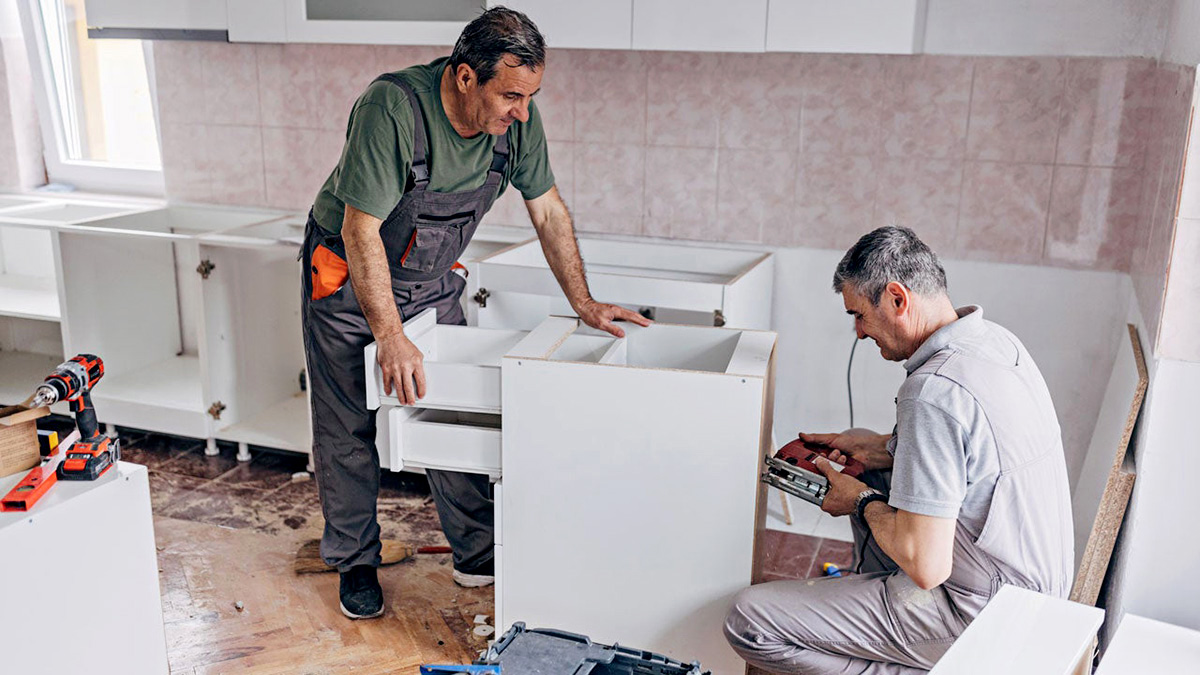

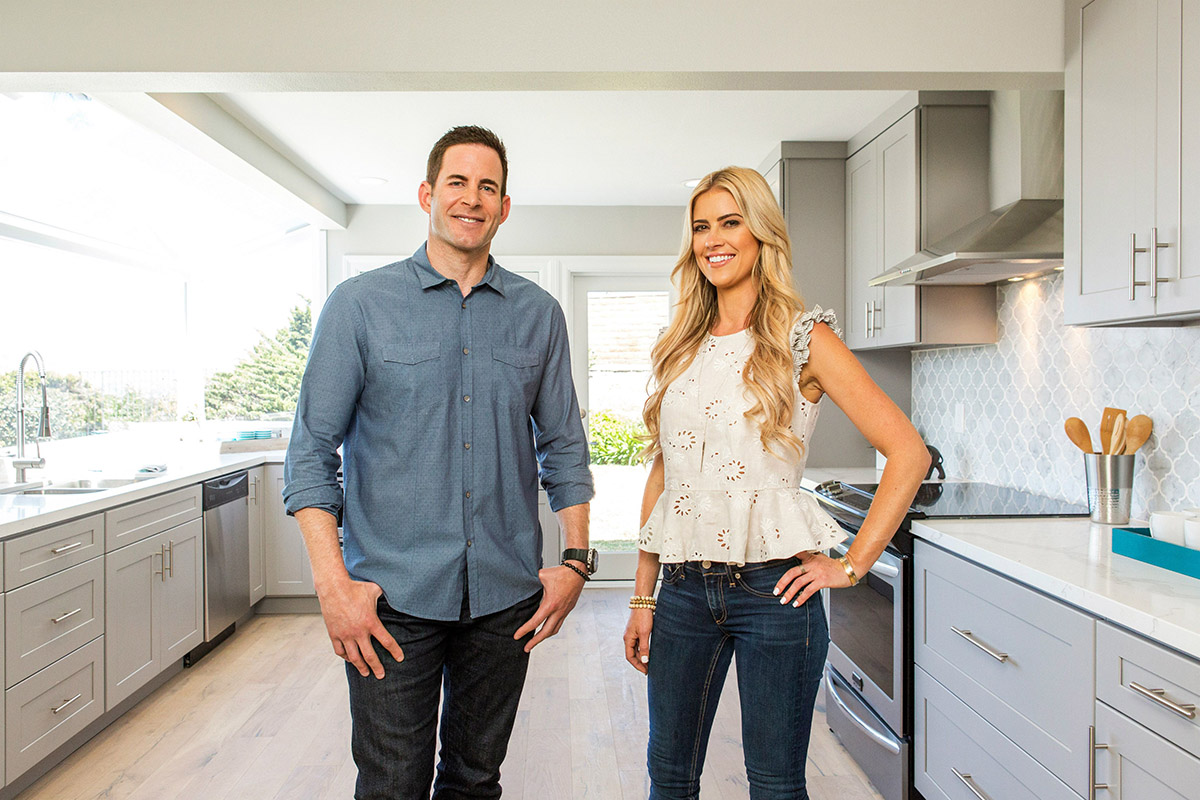
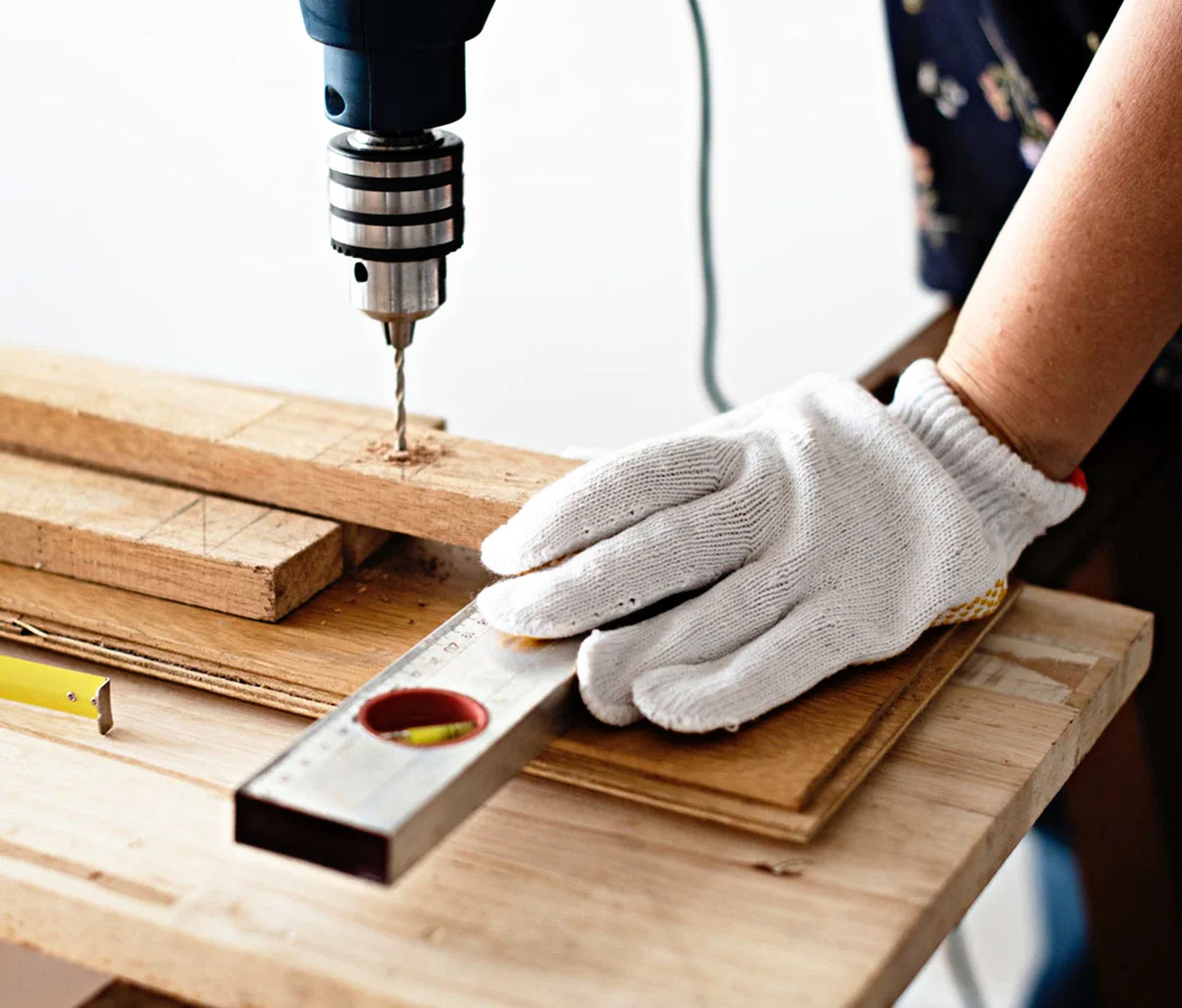
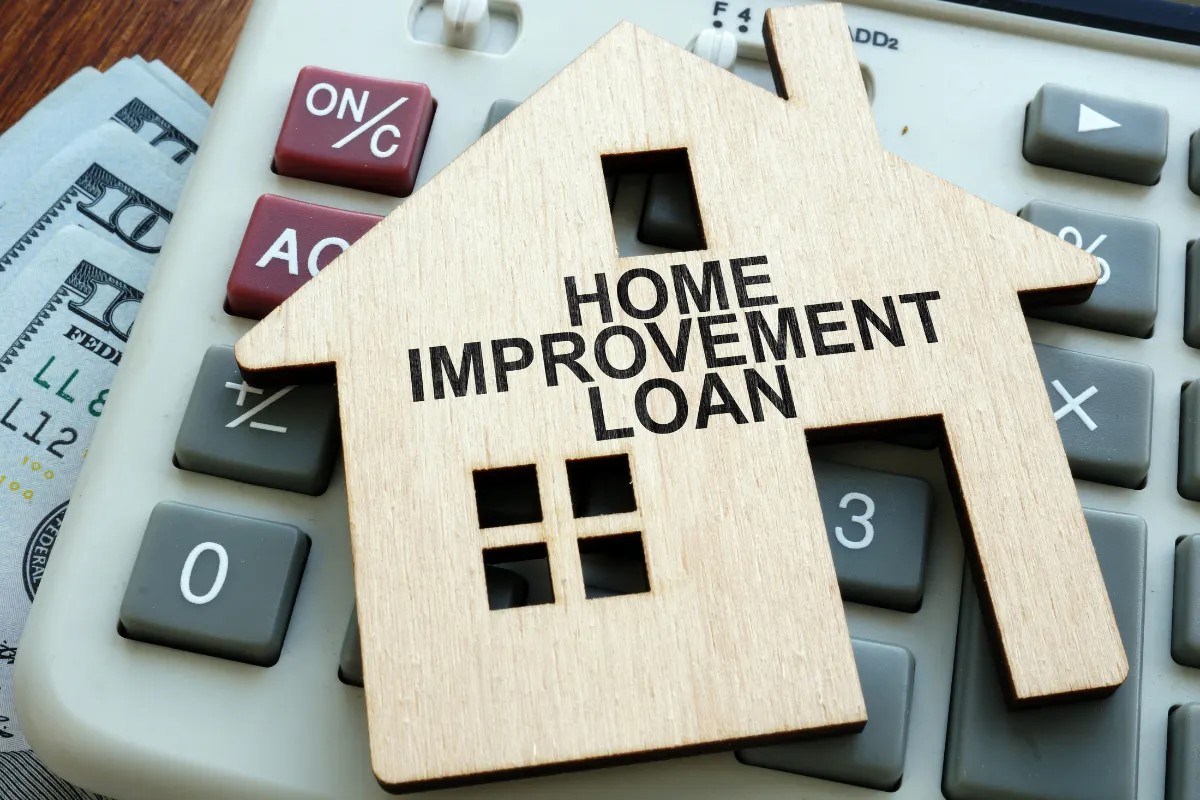

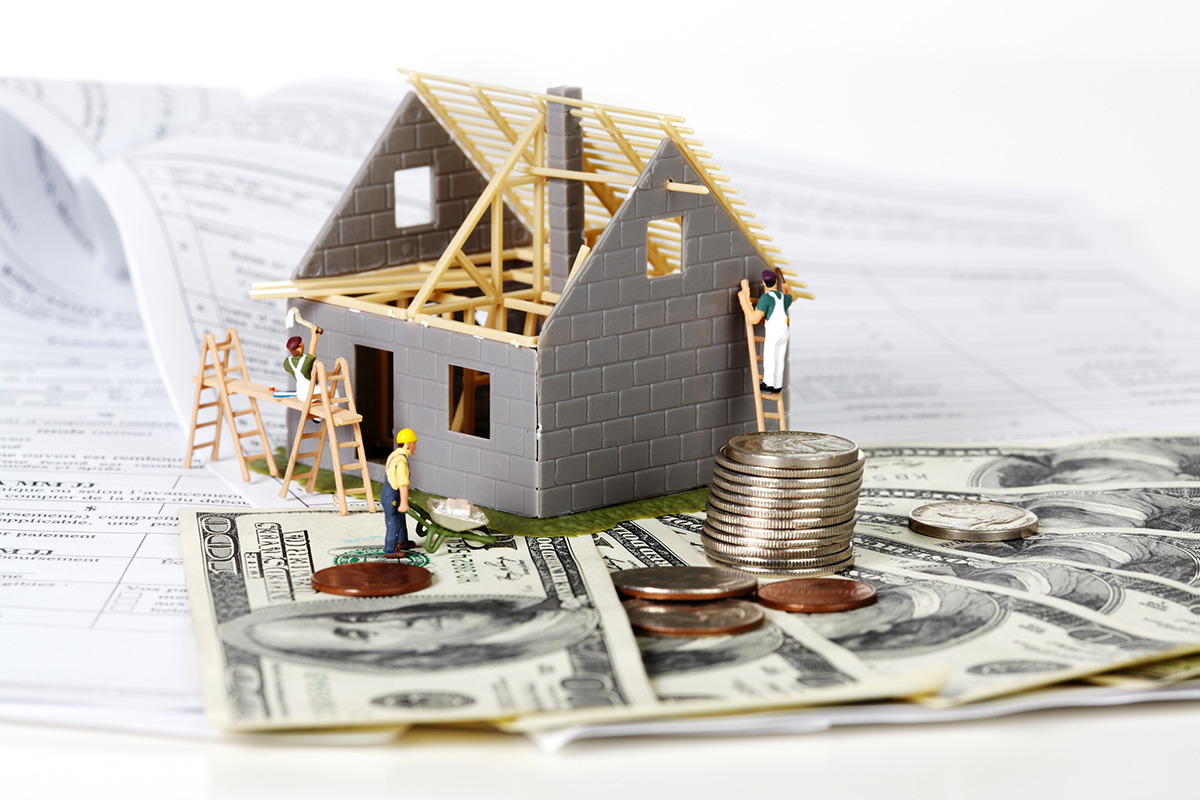

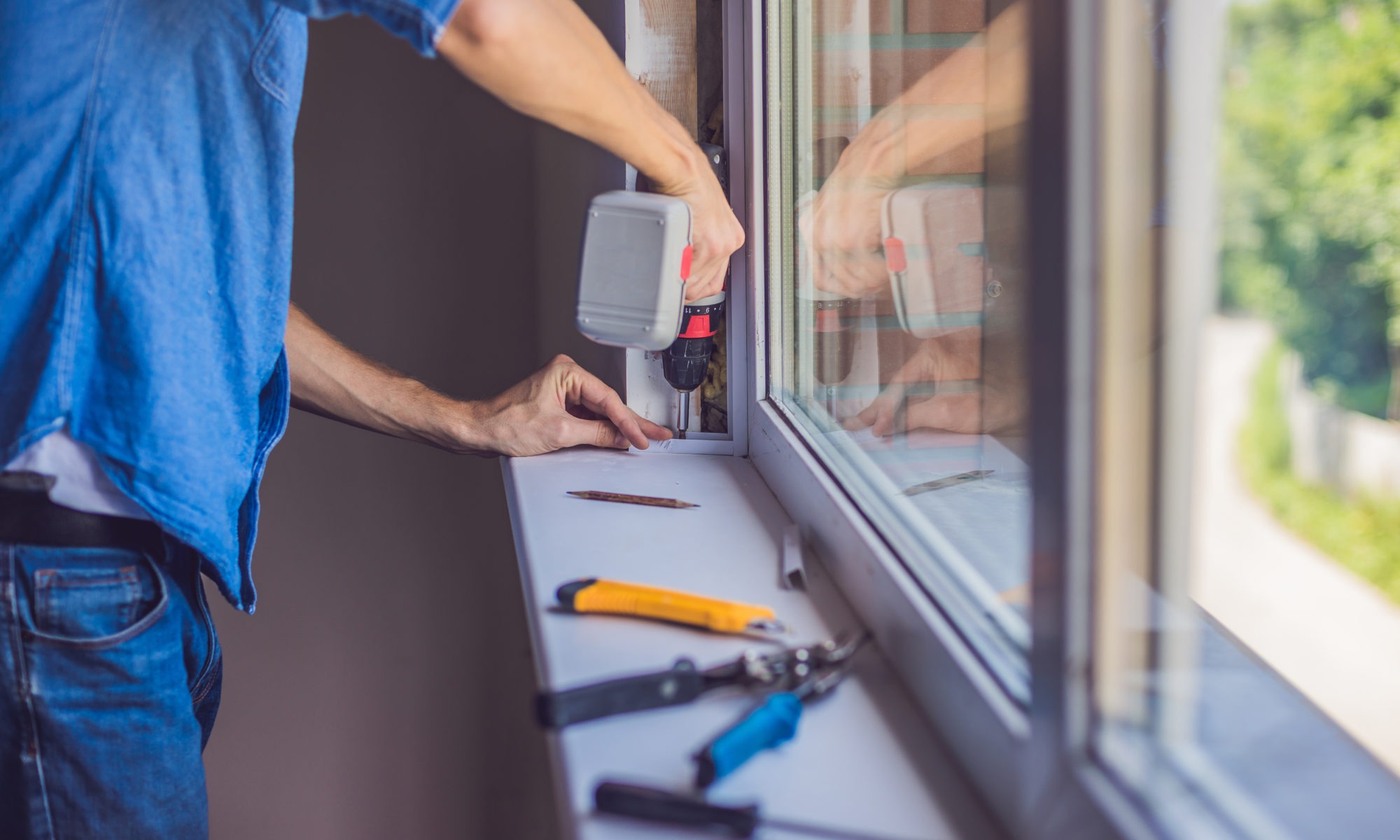


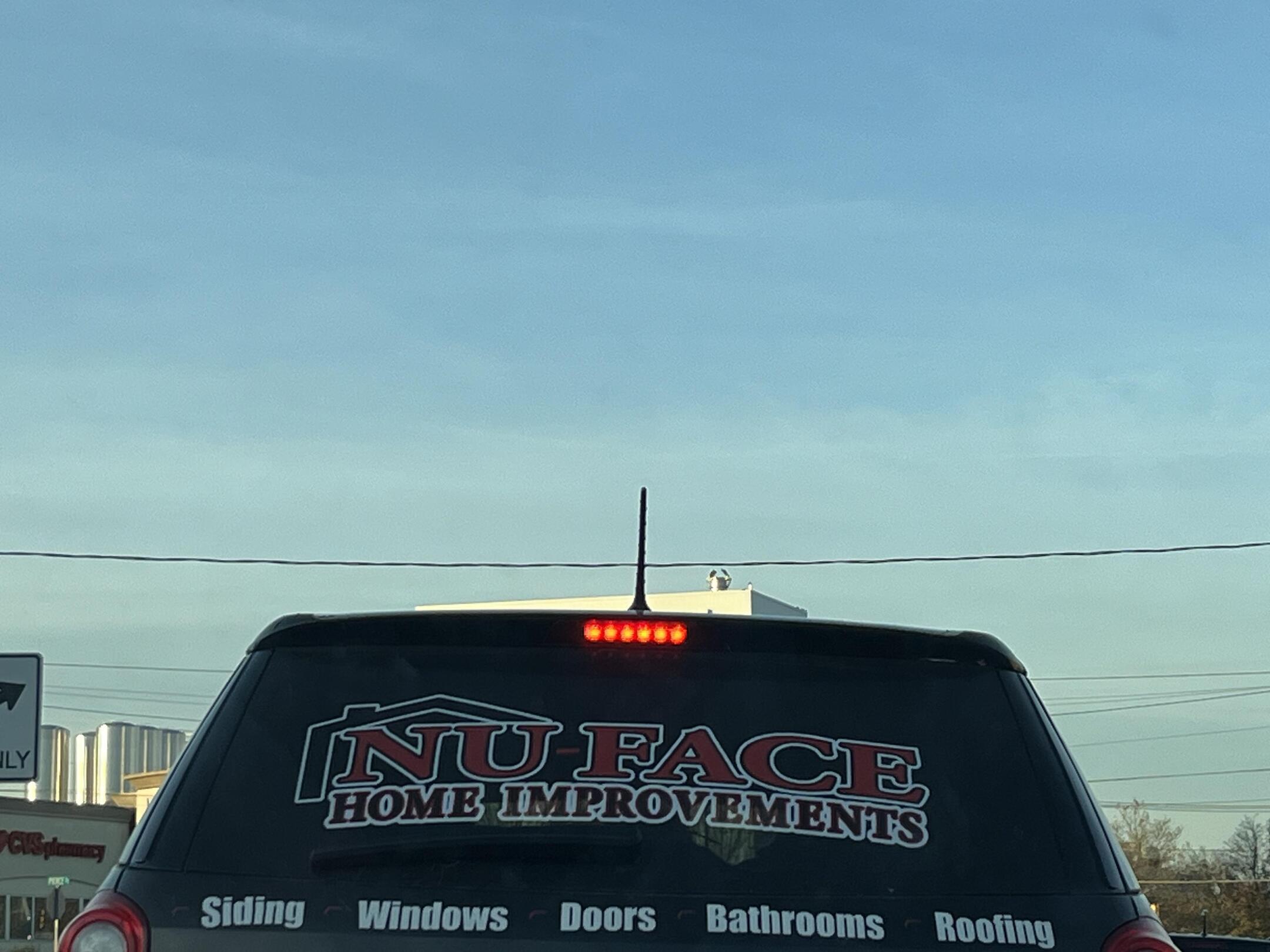



0 thoughts on “How To Get A Mortgage For Home Improvements?”